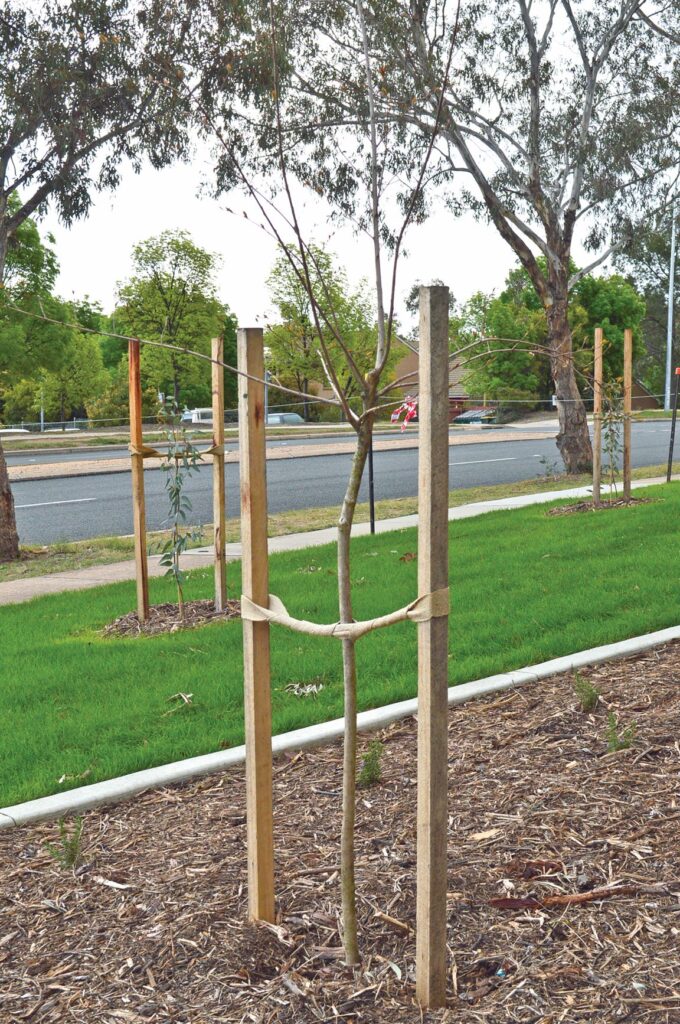In the garden this week

- Check the garden for moisture levels as it has been particularly dry for the past few months. Be careful watering any plants vulnerable to frost as moisture on the leaves can exacerbate damage. Ideally, water in the morning at the base of plants, giving foliage plenty of time to dry before evening. Watering in the morning also reduces the incidence of fungal problems.
- Winter is the ideal opportunity to get on top of weeds before spring arrives. Providing the weeds in question don’t have mature seed heads or re-produce by bulbs, corms or layering, you can ‘chop and drop’ them onto the soil’s surface to decompose and feed the soil. Alternatively, they can be added to the compost pile or sent to a green waste facility if they are invasive.
- Winter is also a good time to reduce numbers of overwintering pests such as snails. Check when they are active during the early morning or at night when there is moisture around. They also accumulate in numbers around protected areas such as pots.

- Remove any perished fruit and diseased foliage from beneath fruiting trees to break pest and disease cycles. Waste can be composted in house but only if you ensure it reaches 55-65oC several times during the composting process.
- Plant out bare rooted deciduous trees before they resume active growth. Check the soil pH is suitable using a Manutec testing kit, incorporate approximately one-third quality organic matter and raise planting hole for improved drainage if required, water in using seaweed extract or similar, and mulch generously avoiding the plant stem. Staking will likely be required until the root system has established (around 8-12 weeks). Use a minimum of two stakes and anchor the stem with soft ties such as hessian, stocking or rubber. Allow for natural movement to encourage sturdy trunk development.
- It’s time to re-pot hardy plants into larger pots or just replace tired, depleted potting mix. Ensure plant is watered the day before and use premium quality potting mix. Tidy up plant roots if needed with a sharp spade, or secateurs kept for this purpose, and re-pot keeping soil level the same as it was previously. Water in well with a weak solution of fertiliser tea or seaweed extract.
- Take the time to walk around your garden and note what needs tackling in readiness for spring. A week by week plan of jobs to do, such as maintenance, seed sowing and planting, is particularly useful. Keeping a plant diary for successes, failures and general observations is also invaluable for future seasons.
Native plants in your garden
Explore the wonderful world of Australian native plants and utilising them in your backyard with Canberra Daily’s horticulturist Tracey Bool. Learn how to select, grow, propagate and nurture a range of native plants for wildlife, beneficial insects and people. Landscape and design factors such as planning and establishment and maintenance will also be discussed.
When: Saturday 10 August 2-3pm
Where: Erindale Library, Wanniassa
This event is free; bookings via Eventbrite.
For more:



